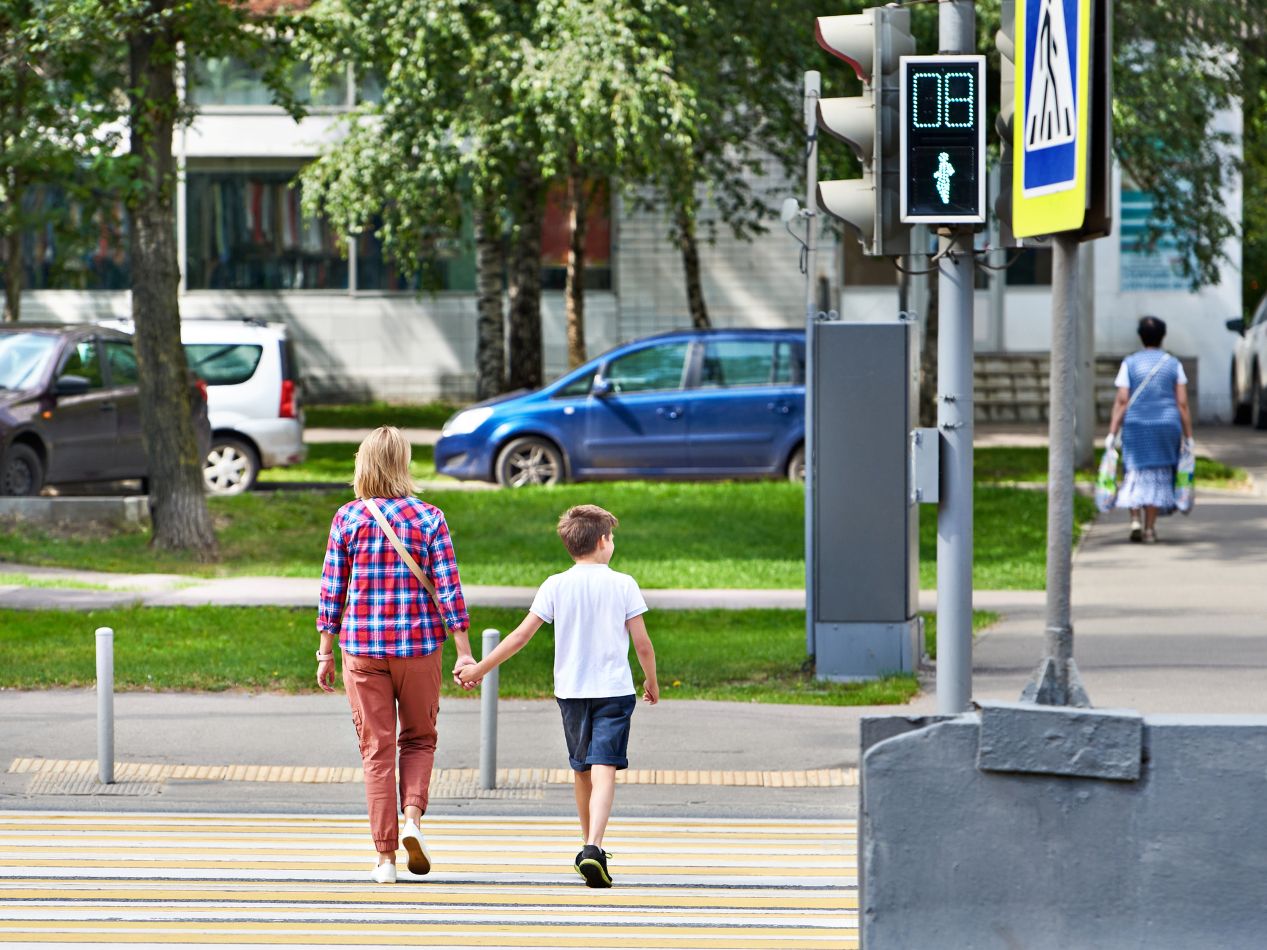How to Actively Engage Citizens on Road Safety
For road safety to be truly effective, it can no longer rely solely on regulations and infrastructure—it must begin with listening to and actively involving those who live in the area every day. People are aware of local issues, mobility habits, and real needs: they are a fundamental resource for designing targeted solutions and building safer, more inclusive, and sustainable roads.

Why Citizen Involvement Matters
The active participation of citizens is essential to make road safety policies genuinely effective: those who cross a dangerous intersection daily, walk their children to school, or use a bicycle in congested urban areas have a direct and concrete perception of both risks and opportunities for improvement.
It’s not just about informing people, but about activating co-design processes, where solutions arise from ongoing dialogue between administrations, experts, and citizens. This approach enables a more accurate and tailored response to collective needs, improving the quality and impact of road safety initiatives.
Sensitive Areas: Schools, Residential Areas, Crosswalks
Certain areas require special attention regarding road safety, as they involve mixed and continuous mobility, often shared between vehicles, pedestrians, and cyclists. Some of the most critical areas include:
- school zones, where the presence of children and parents makes it necessary to reduce speed and increase visibility (e.g., via 30 km/h zones or protected pedestrian paths);
- residential areas, where the coexistence of vehicles, pedestrians, and cyclists must be managed with traffic calming measures and clear signage;
- pedestrian crossings, which are often poorly visible or inadequately lit, becoming high-risk points.
To design effective interventions, it is crucial to collect reports, observations, and proposals from those who live there daily. Tools like neighborhood surveys, participatory mapping, or digital reporting allow citizens to have a voice and help identify priorities more accurately.
Models of Citizen Engagement
There are various ways to integrate civic participation into road safety planning processes. Among the most common and useful are:
- participatory working groups, where citizens, experts, and officials discuss issues together and define shared intervention strategies;
- surveys and questionnaires, agile tools to collect data on risk perception, mobility habits, and local needs;
- civic observatories, networks of active residents who monitor the situation over time and report emerging problems.
In recent years, these tools have been joined by innovative technological solutions, increasingly demanded and appreciated by communities. Citizens not only participate in decision-making processes but also help identify locations where high-impact safety devices should be implemented.
A concrete example is the adoption of Safe Join, the patented smart mirror designed to ensure maximum visibility even in adverse weather conditions. In many cases, it was the direct involvement of communities that led to the decision to install Safe Join at critical points, such as poorly visible or particularly exposed intersections.
This demonstrates how citizens’ input is essential not only to identify issues but also to guide the introduction of effective, technologically advanced solutions.

Practical Tools to Engage Citizens
Engaging citizens also means providing simple, accessible, and motivating tools to participate. Some practical solutions include:
- app and digital platforms, useful for submitting reports, participating in surveys, or consulting safety data;
- local events, such as safety days, accident simulations, educational routes for schools, or neighborhood walks to observe issues and propose solutions;
- targeted communication, through social media, videos, and visual storytelling, to explain projects and encourage participation.
These tools help build a relationship of trust between institutions and citizens, strengthening collective awareness and making each intervention more effective and widely supported.
Why the Future of Safety Is Participatory
The road safety of the future is built with technology—but also, and above all, with people. Smart solutions like Safe Join work best when they are part of a shared process, where citizens become active participants in change.
No longer just recipients of regulations and infrastructure, but key allies in designing safer and more livable urban environments.
The transition toward people-friendly cities starts here: combining innovation, listening, and participation to provide concrete and lasting responses to collective safety needs.
👉 Do you know a dangerous intersection or an area with poor visibility? Contact us: with your help, we can assess the installation of Safe Join in the most critical locations.